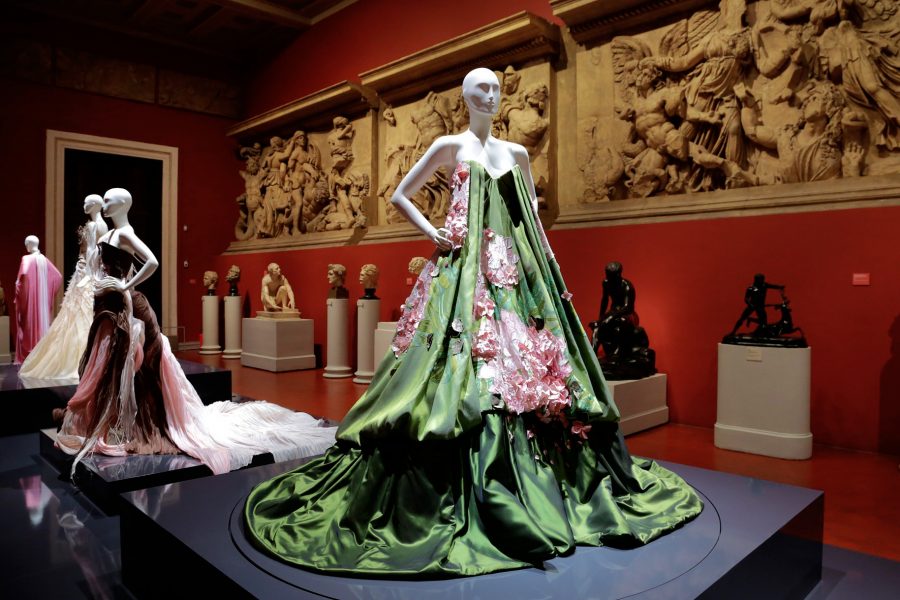
As one listens to the word Fashion Designer, one can only imagine beautiful pieces of dress, drapes, colours, fabrics and tall models. Even though Indian Fashion history goes back to ancient times yet it feels like a new industry. Earlier fashion industry used to experiment only with traditional clothing like sari, ghagra choli, dhoti, etc. But, the post-independence period saw a lot of designers taking inspiration from the west with a desi touch. 1980’s was the time fashion industry underwent a revolution and a fine breed of top notch designers came up during this period along with NIFT.
According to a study done by ASSOCHAM, the domestic designer apparel industry in India, is likely to cross Rs 11,000 crore mark by 2020. But never the issue of copyrighting one’s design neither actually came up nor any one really cared. In fact, many designers don’t know that they can actually copyright their designs, making it their intellectual property. There has been no exact difference between practices like imitation, stylistic plagiarism, copy and replica. There have been many instances where designers have cried about their designs being stolen by others.

In today’s world where everything is done with the help of technology, including designing clothes, it has become much easier to copy anyone’s design. Piracy in Fashion Designing falls under 2 categories:
- Knockoff: Knockoff is a near copy of the original design, copying its elements, but is sold under a label different from the label of the original design. It replicates the original design nearly line to line but with another designers name attached.
- Counterfeit: It is the copying of original design as well as the brand logo of that design. A counterfeit product is sold to pass the original design. All the counterfeit’s doesn’t have to include both, in some cases only fashion logos are copied.
Government of India through its Copyright Act, 1957 and Design Act, 2000 protects pieces of work or art. These Acts are seen as a ray of hope for many designers today who have been a prey of piracy.
Now day’s Intellectual Property Rights protection is an asset for designer’s especially young and amateur designers, who face the maximum competition. According to designers, designs, which are at the heart of fashion, are difficult and expensive to create, but relatively easy and inexpensive to copy. In the event of lack of IPR protection, they say, copyists will free ride on the efforts of creators, discouraging future investments in new inventions and creations. Designers who haven’t registered their designs cannot get the benefits of the Act. They cannot file a suit for the recovery of damages for unauthorized copying of their designs and for an injunction against the repetition. Considering the dynamic nature of fashion industry where fashion design houses come up with a fresh collection of fashion items at a regular interval usually every season, fashion designers need automatic and immediate protection for their designs.

Rohit Bal, one of India’s premier designers copyrighted his entire collection in July this year becoming first person from the circuit to do so. His move was followed by Anju Modi and Anita Dongre. This is seen as a welcome move and shall be followed by other designers in near future.







